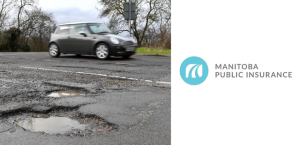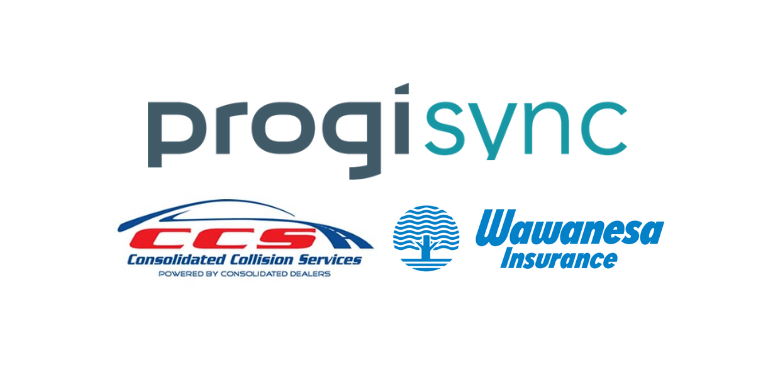By CRM Staff
Toronto, Ontario — November 21, 2018 — Despite what the provincial government might believe, it isn’t collision repairers fault that British Columbia’s drivers spend more for their auto insurance than other Canadians — at least according to a report issued by the Fraser Institute.
The right-leaning think tank’s report, released Tuesday, argues that B.C.’s high premiums are the result of failures attributable to two provincial policies: the requirement for ICBC to transfer funds to the government and the imposition of a cap on rate increases.
Author and economics professor John Chant’s economic explanation stands in stark contrast to the position of the province’s governing NDP. Shortly after the revelation the crown corporation, which has an 85 percent share of B.C.’s auto insurance market, would loose more than $3 billion in 2017, the newly elected government said some of the blame fell on B.C.’s collision repairers. Backing quickly debunked claims of widespread bodyshop fraud, the province went so far as to make the budget constrained insurer go on a hiring spree, hiring 60 new estimators to investigate provincial shops.
Identified in the report as one of the key pressures on premium pricing, the transferring of funds from the ICBC to the province began in 2011, only coming to an end late last year. Over the six-year period, the provincial government had been able to use the ICBC’s profits as they saw fit. Operating without significant competition in the province, governments repeatedly chose to use the funding to balance their budgets rather than reinvesting it in the crown corporation. Unfortunately for the ICBC, this unnatural lack of both competition and reinvestment likely prevented its adoption of business practices common to modern auto insurers, furthering its financial woes.
One particularly outdated practice remains on the books. The ICBC does not considering age in its premium pricing, even though the costs of personal injury and property damage caused by drivers from 16 to 20 years old are estimated to be $900 more than the average driver. Costs associated with the demographic between 21 and 34 are also higher. As a result of this rate structure, older and safer drivers are responsible to pay higher premiums in order to subsidize riskier drivers.
B.C. motorists paying for added coverage that, in many cases, they don’t need. Examples of this include homemakers, students and retirees paying for wage loss protection, despite in many cases not being eligible, and drivers paying for medical insurance when they already have it. The ‘No Fault’ coverage accounts for $71 on each driver’s policy, or eight percent of ICBC’s average premium.
To make matters worse, ICBC carries out non-insurance activities for the provincial government at no cost. Included in these activities are programs for improving road safety, as well as testing and licensing for both vehicles and drivers.
Chant explained that major changes must be made in order to prevent the ICBC from becoming insolvent.
B.C.’s sky-high premiums don’t appear to be on the decline anytime soon, with the province’s insurance company, ICBC, expected to suffer a loss of over $1 billion for 2018.
ICBC recently announced plans to make changes in order to increase fairness by holding drivers more accountable both their decisions and driving behaviours.
Premiums will better reflect the level of risk a driver poses on our roads. We’re going to introduce discounts that help lower a driver’s risk, for example vehicles driven less than 5000 km/year, and those who insure vehicle with original automatic emergency braking technology. These changes are focused on increasing fairness and are revenue neutral, meaning no additional funds are coming into ICBC, said an ICBC spokesperson.
The new policy changes will become effective in September of 2019.





































